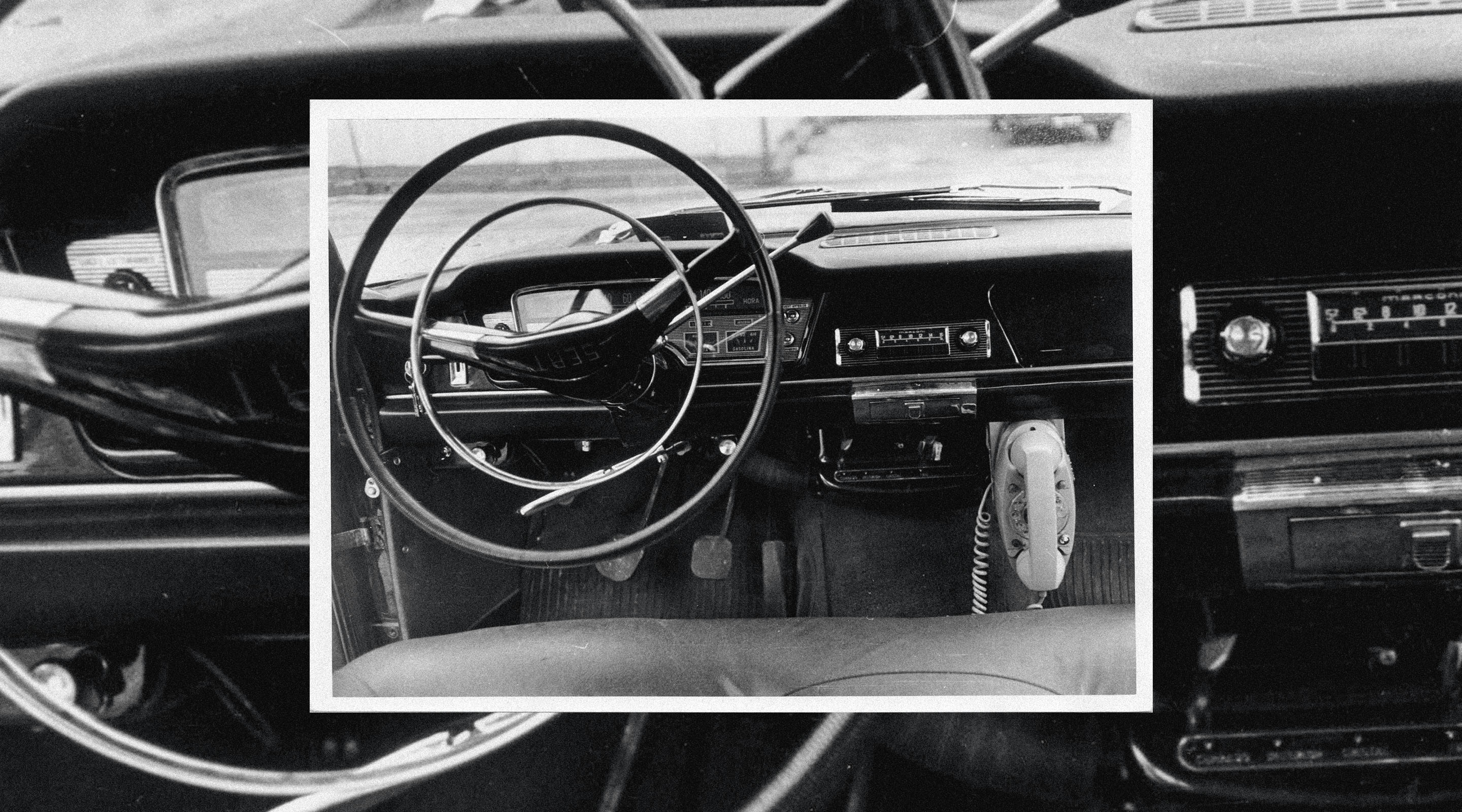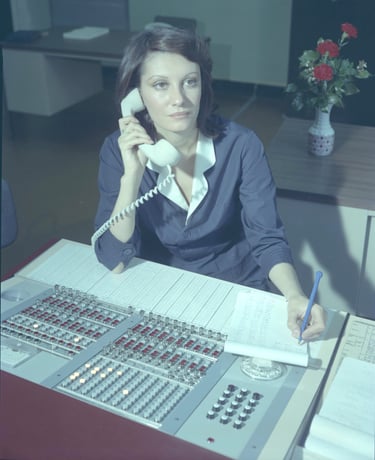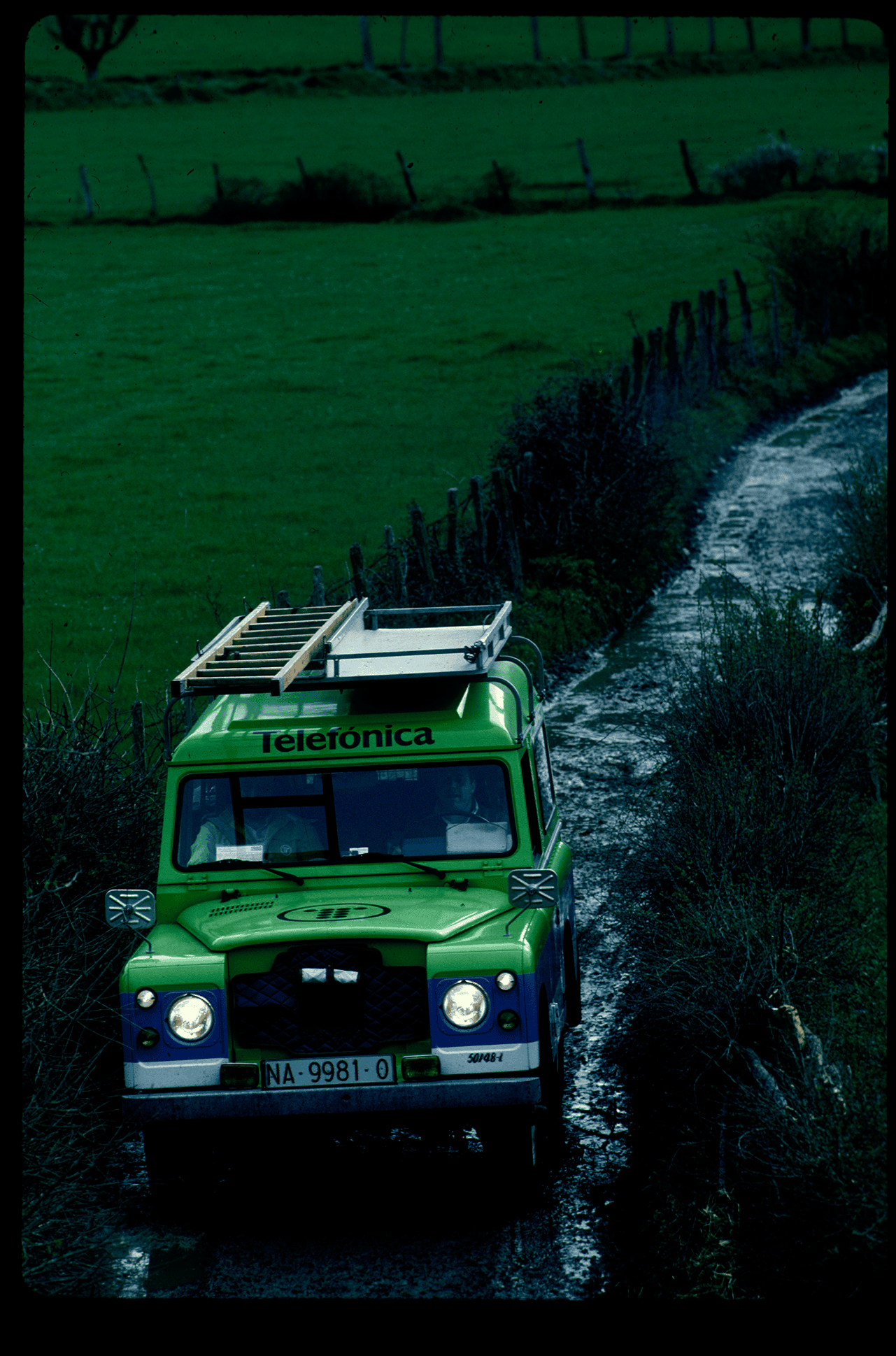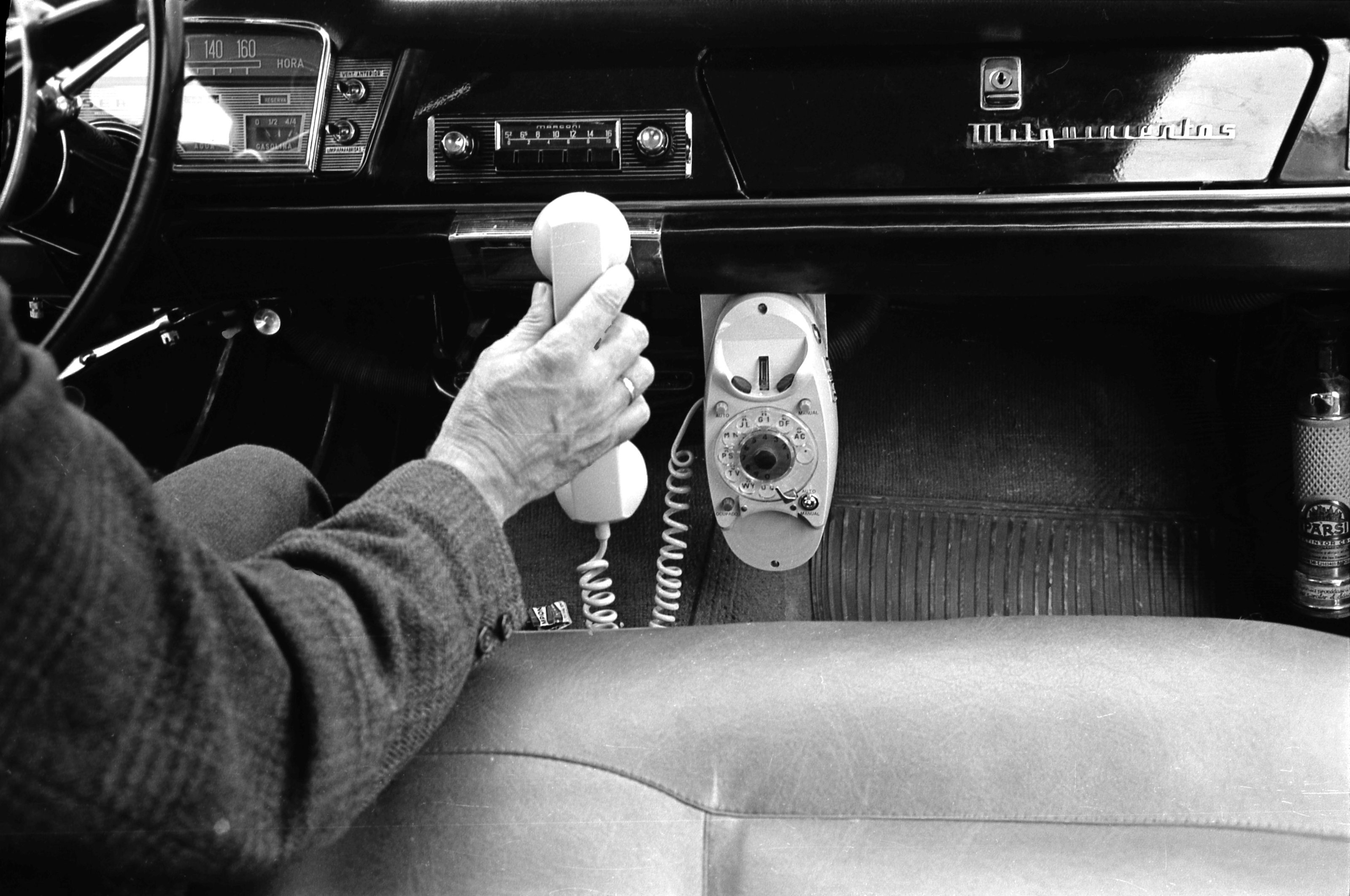
1976

New president for a Telefónica already in transition, Tomás Allende. The challenge of connecting rural areas is absorbing efforts and resources, but progress is evident. And the Company celebrates its first eight million subscribers.
Automatic exchanges in all capitals and first solutions to the rural challenge
01
The company succeeded in bringing automatic exchanges to all provincial capitals and in April of that year, 1976, the 8,000,000th telephone line was installed. A very high percentage of the population already has access to quality communications, but Telefónica is not satisfied. The difficulty of bringing telephone service to all Spaniards has become a real technical, economic and human obsession for the company. In the mid-1970s, the first small exchange models appeared, which began to be useful for connecting cities with less than 20,000 inhabitants. Although Telefónica's large rural plans were still some years away, in 1976 a thousand such small exchanges were installed, serving more than 400,000 subscribers in more remote areas. We are moving towards universal service.

A new chairman for a new time: Tomás Allende
02
At the start of the transition period, Tomás Allende y García-Baxter, from La Alcarria, born in Guadalajara and a lawyer by profession, joins Telefónica. Allende is the chairman of the ten million "subscribers" in Spain and the one who would see the real explosion of home telephony, with almost 30 lines per 100 inhabitants. He would also be the first chairman to set foot in Latin America, as he wanted to see first-hand the data transmission agreements signed at the time with Argentina.

Pioneers in in-vehicle telephony
03
The first mobile telephony in Spain was not cellular. It was the so-called TAV, automatic telephony in vehicles, based on Motorola's IMT-200 working in the 200 Mhz frequency band. Seen now, a huge, heavy device with no autonomy and an antenna coming out of the car. With the eyes of the time, a revolution. The headset, recessed in the dashboard, was unique in Europe. One of the many innovations in which Telefónica excelled internationally during the 1970s. In 1976 such terminals started to be installed, but only in cars.

Do you have doubts about what happened?
Ask Aura